Each model in the set is a faithful HO scale reproduction of its prototype. The locomotive is easy to convert to Digital Command Control as well as a DCC sound system.
Built for speed. 410 miles in 390 minutes was the performance touted by the Chicago, Milwaukee, St. Paul & Pacific RR (Milwaukee Road) on May 29, 1935. On that date the Milwaukee debuted the Twin Cities Hiawatha. The two new streamlined trains operated between Milwaukee and Minneapolis-St. Paul.
The shrouded 4-4-2 steam locomotives built by Alco to haul the Hiawatha trains were among the largest and most powerful Atlantic types ever built. These locomotives, nos. 1 to 4, were designated class A by the Milwaukee Road. During a test run in 1935, one of the locomotives reached a speed of 112.5 mph, which was the fastest recorded speed for a steam locomotive at that time.
The Milwaukee’s chief mechanical officer Karl F. Nystrom designed the passenger cars and their trucks. The cars were built by the Milwaukee Road’s car shops in Milwaukee, Wis. Even though the train averaged speeds of 75 mph, and often reached 100 mph or more, the cars offered passengers a smooth and comfortable ride.
The Twin Cities Hiawatha proved so popular and profitable that the Milwaukee Road ordered new equipment after only 16 months of service. When these new cars were delivered some of the original 1935 equipment was sent to serve in the Northwoods Hiawatha and the Chippewa Hiawatha.
Fox Valley Models’ 1935 Hiawatha set includes class A no. 1; a Tap Cafe; coaches nos. 4419, 4428, and 4439; parlor car Minnewawa; and beaver-tail observation car Wenonah. Two additional coaches, nos. 4401 and 4437, are available separately for $64.95 each. Fox Valley Models also sells an N scale model of the train.
The dimensions of the locomotive and all the cars in the set match drawings in The Milwaukee Shops Present: Hiawatha First of the Speedliners (Milwaukee Shops, Inc.).
The cab windows have clear glazing. The cab interior has some white painted gauges, but no crew figures. If you’d like to add figures, a diagram is included that shows how to remove the cab.
The cars have clear window glazing and separately applied hand grabs and roof vents, as well as some underbody detail. A horn and non-functioning markers adorn the observation car.
The plastic car diaphragms aren’t sprung. There’s an unptototypical six scale inch gap between the diaphragms when the cars are coupled.
The well-detailed Nystrom trucks are molded in maroon plastic. The parts would look better if they’d been painted.
The passenger car body shells are press fit. I easily removed the body shell by using a small flat bladed screwdriver to disengage the four locking tabs on each car side. A die-cast metal weight is sandwiched between the interior floor and the chassis of each car.
Removing a car shell reveals an interior with wall and seat details molded in yellow plastic. All the floor plans of the models match prototype diagrams.
You could easily add figures to the passenger car interiors. The cars’ trucks don’t pick up track power. For interior lighting you could use a battery-powered system like that sold by Rapido Trains.
The headlight turned on at 3 volts and turned off when the model’s direction was reversed, which is unprototypical.
The flywheel-equipped motor is inside the locomotive boiler. A worm gear shaft from the motor transfers power to a gearbox tower on the rear driver axle. The siderods transfer power to the front driver axle.
There’s a six-wire connection between the locomotive and the six-pin socket
on the printed-circuit (PC) board in the tender. After removing the screw hidden under the press-fit oil hatch on top of the tender, it’s easy to lift off the tender shell.
The tender has plenty of room for a DCC decoder. The PC board is mounted on a metal weight that’s attached to the tender’s plastic chassis. I removed the jumper from the PC board’s eight-pin DCC socket and installed a Train Control Systems DP5 motor decoder. If you want to install a sound decoder, you’ll need to remove six screws and lift off the weight to reveal an indentation for a 9mm deep, 27mm diameter speaker. A hole for a speaker wire is drilled in the weight. If your decoder comes connected to a speaker, you’ll need to un-solder the speaker, thread the wire through the hole, and then re-solder the wire to the speaker. The chassis has sound holes underneath the speaker housing.
With the decoder installed I ran the model on our DCC-equipped layout. The locomotive hauled all six passenger cars around a 26″ radius curve and up a 2 percent grade at 50 scale mph.
The locomotive’s rear drivers have traction tires, which add to its pulling power. However, since only the front drivers and the tender wheels pick up track power, the locomotive’s headlight flickered briefly as it ran forward through a set of yard turnouts.
The FVM Hiawatha is a great-looking HO model of its prototype.
Manufacturer
Fox Valley Models
P.O. Box 1970
Des Plaines, IL 60017
www.foxvalleymodels.com
Era: 1935 to late 1940s
Locomotive features
- Eight-pin Digital Command Control socket
- Electrical pickup on four drivers and all tender wheels
- Flywheel-equipped motor
- Weight: 1 pound 41⁄2 ounces;
- 1 pound (engine alone)
Car features
- Metal RP-25 contour wheelsets in gauge
- Minimum radius: 22″
- Operating knuckle couplers at correct height
- Weight: 5 ounces per car





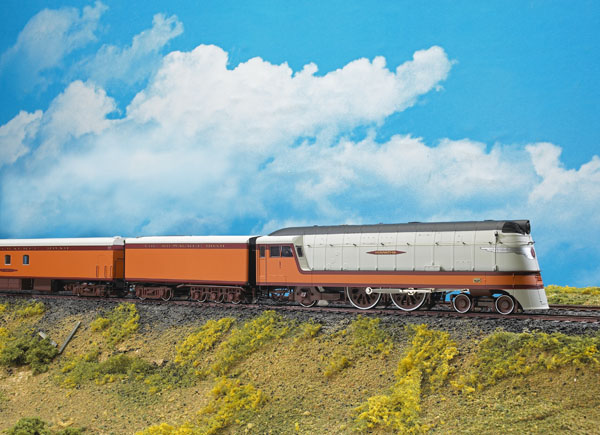
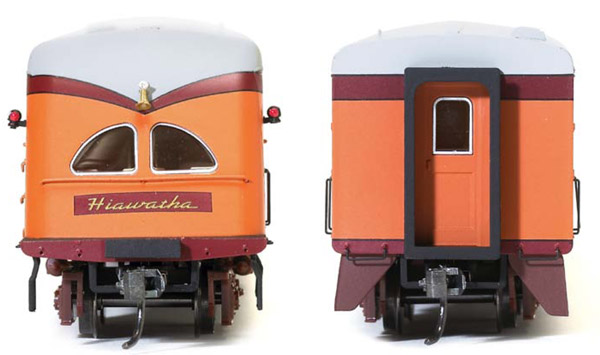
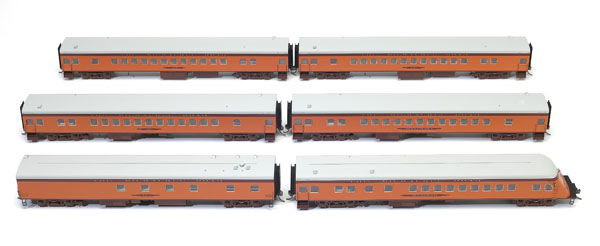
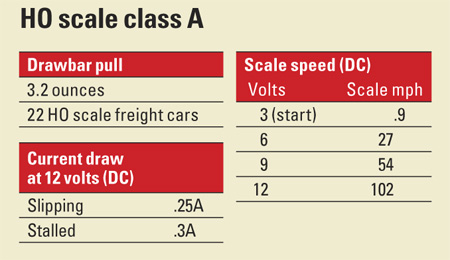


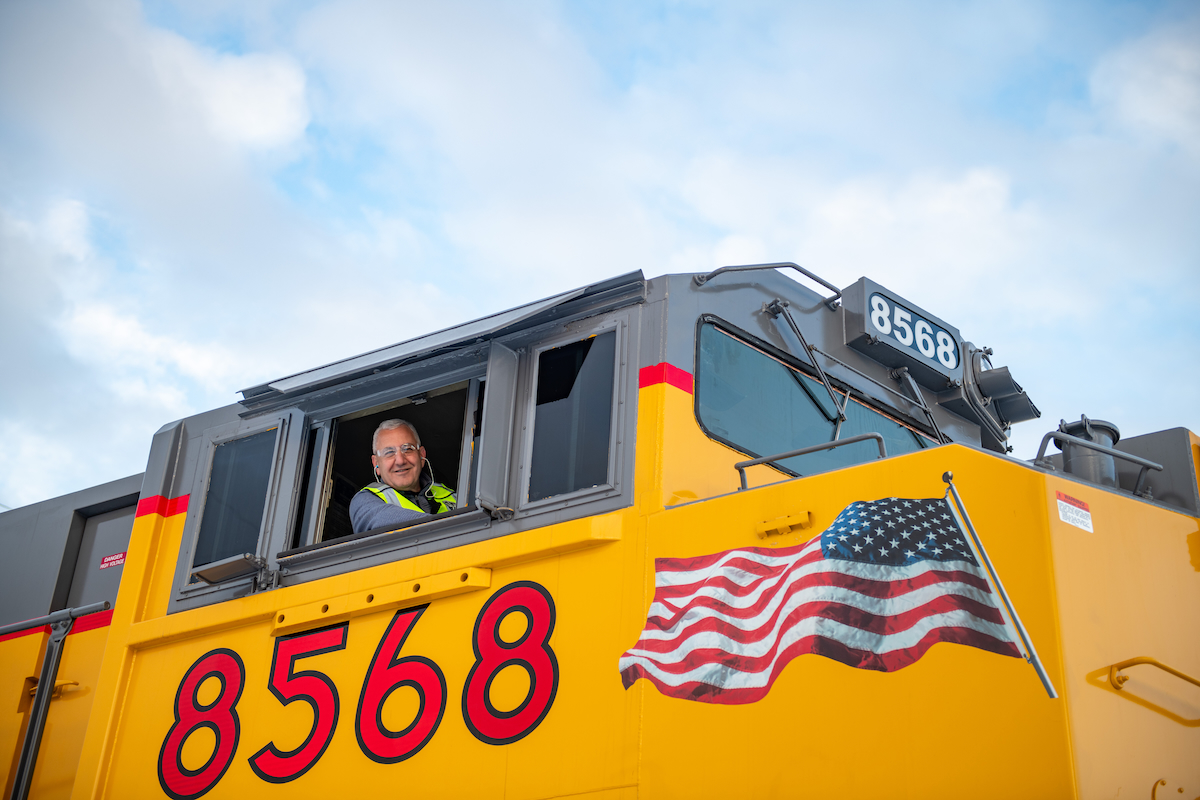
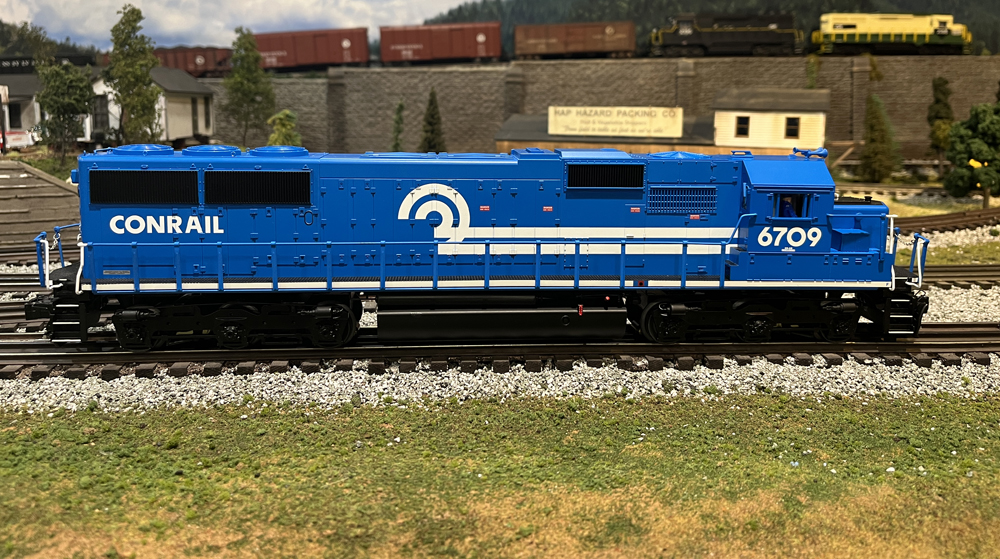
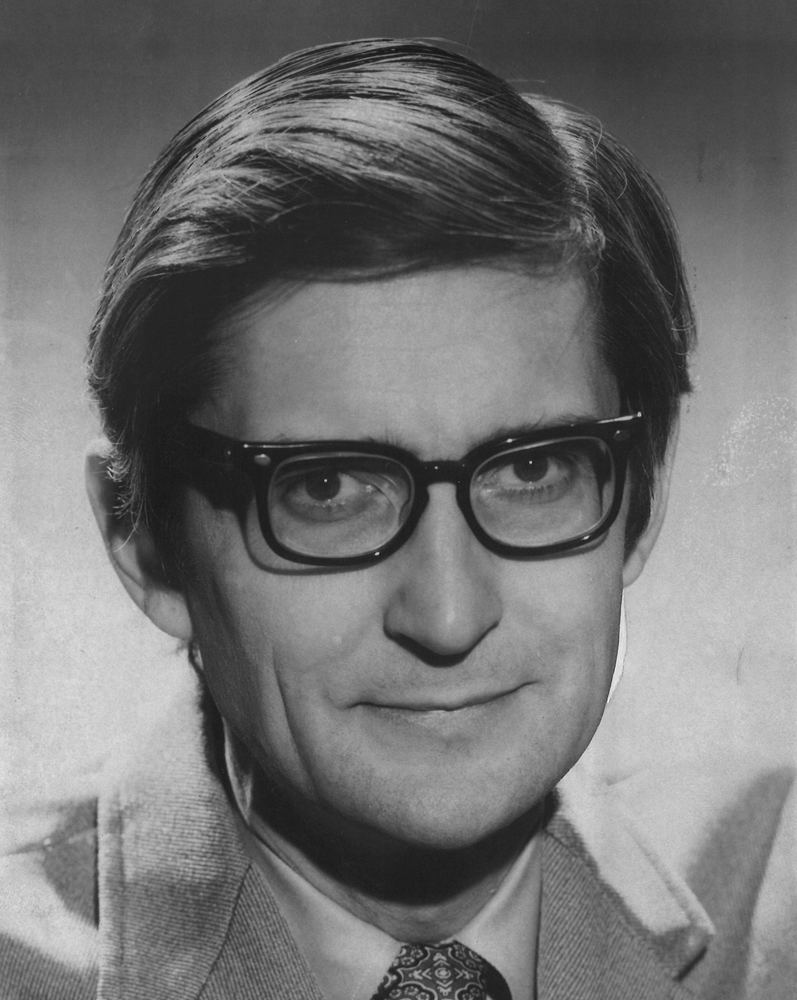




I have a wobble problem with the locomotive. It appears that the drivers are not completely round. I thought it might be the traction tires, but its both sets of drivers are out of true. I emailed Fox Valley Models before Christmas and still have not heard anything from them. Anybody know how to fix drivers that aren't round when there is no customer service support?
Also, the passenger car couplers are terrible. They were extremely loose and the result was so much sag on some of them that the knuckles didn't even meet.
My loco has the wobble problem. I e–mailed and called Fox Valley …but haven't heard back yet. Anyone aware of a fix
JimPfister
I have always wanted this train. I was very excited to see it finally come on the market. However not knowing anything about the standard of FOX VALLEY MODELS I decided to wait until the model was released and a review was out. I'm now glad I did that, as I will wait in the hope that soemone else will eventually bring out a model of this wonderful train with better finishing. Its a pitty in this day and age that the train is not already fitted with dual mode dcc, as well as lighting and sprung bogies, in the coaches.
Hi, Gerald,
Fox Valley Models does offer the 1935 Hiawatha in N scale. You can find it on their website here:
http://www.foxvalleymodels.com/nscalepassenger.html
Looks Great !!! Wish it were avaiable in N Scale.
Robert,
Thank you very much for the sound decoder tip!
Happy New Year to yall!
Andrew, shortly after the 1939 version they received the more 'traditional' maroon window striping. I'm hoping they do versions of the Atlantics with the Zephyr and window striping 'end' on the tender, the configuration the were in until the Mars Lights were added post WWII
I bought mine through Con-Cor, apparently the sound decoder they used from Digi-Trax is not a dual mode, so i really haven't had a chance to run it yet, gotta hook up the dcc for it later. But it looks awesome, which is a good start for me. Would love to find out if my old Rivarossi Hudson can pull this train as well.
It seems has very poor design, obsolete for actual parameters, and very expensive, I waited many, many years for this train…I´ll be waiting again.
The train set is very very good, best I've seen in a long while, if I was just starting I would buy it. keep up the great work.
It's too bad that David P. Morgan isn't alive. I'm sure he would have to have a set of the Hiawatha train over his mantle. Railroading, to me, has lost so much interest with the demise/merger of the so very interesting world of Class I railroads and their passenger trains. The identity of the lines really was through their passenger trains — they all lost money, but provided a necessary serice as required by a now defunct ICC. As I enter my senior years, thank goodness for model trains to recreate such a fascinating world, now long gone. Yes, "Model Railroading Is Fun." Thanks Linn Wescott, Gordon Ordegord, and friends!
I have 30" radius curves on my layout. After running the Hiawatha consist around, it showed me some "scenery clearance snags" that I needed to address.
I'm a Soo modeler but I couldn't pass up this set.
Nice looking passenger cars, disappointed with flimsy construction of same, and light weight, compared to other passenger car offerings. Locomotive construction similar to a Rivorrossi Hi Hudson offered years ago.
Two different Digitrax decoders (no sound) installed, loco creeps as soon as it sees a grade. this flaw demonstrated to the supplier and is working to resolve.
I have the Nickel Plate brass Hiawatha set of the 1970's but the Fox Valley set is preferred in my operating sessions. One of the extra coaches is used on my model of the (heavyweight) Pioneer Limited train I have cobbled together from Walthers heavyweight models. As a Milwaukee Road fan that means I have died and gone to heaven!
Great looking set especially with the two extra coaches! Any one have any recommendations on DCC sound & smoke installations??
I missed out on buying one of these classic American beauties so I am going to scratch-build one from brass for my outdoor HO scale battery-powered layout.
Have a great holiday and best wishes for New Year.
PRT from Horsham, UK
Would help to know how many years this equipment was used. Anyone know how late this train ran? I would love to get one but I fear 1955 is a little too late for it. Thanks, Andy K.
Mine ran great on DC I have installed a Digitrax SH164D sound secoder and it runs and sounds great. My couplers were not in gauge, to low and the eched walk way on the tender came off while I was doing the decoder. But this is minor and this is the greatest Milwaukee to come in a long while.
Hi, great review of a great train!
Which sound decoder should I use to get a prototypical sound for this locomotive? Thanks for the help, and Happy Holidays!
Nice train!
i bought one of the first hiawathas in aug very pleased with everything about it